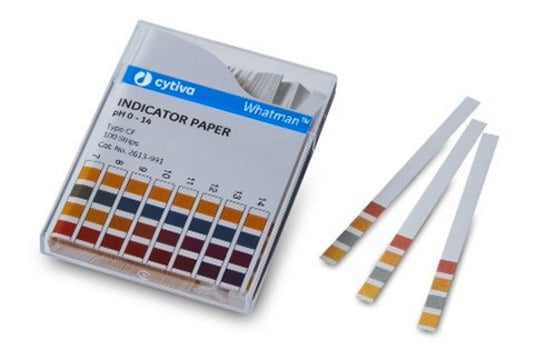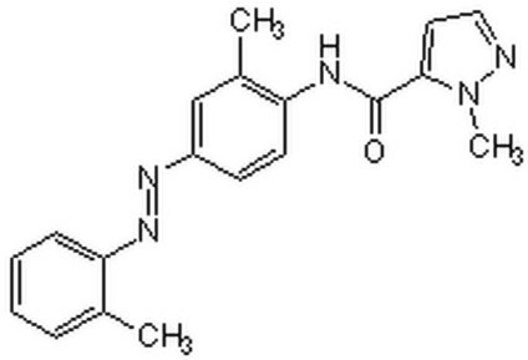Kluczowe dokumenty
ERD-051
Dibenzo[a,l]pyrene
vial of 25 mg, Cerilliant®
About This Item
Polecane produkty
klasa czystości
analytical standard
Poziom jakości
opakowanie
vial of 25 mg
producent / nazwa handlowa
Cerilliant®
Zastosowanie
environmental
forensics and toxicology
Format
neat
temp. przechowywania
room temp
ciąg SMILES
c1ccc2c(c1)cc3ccc4cccc5c6ccccc6c2c3c45
InChI
1S/C24H14/c1-2-8-18-16(6-1)14-17-13-12-15-7-5-11-20-19-9-3-4-10-21(19)24(18)23(17)22(15)20/h1-14H
Klucz InChI
JNTHRSHGARDABO-UHFFFAOYSA-N
Szukasz podobnych produktów? Odwiedź Przewodnik dotyczący porównywania produktów
Opis ogólny
Zastosowanie
Informacje prawne
Hasło ostrzegawcze
Danger
Zwroty wskazujące rodzaj zagrożenia
Zwroty wskazujące środki ostrożności
Klasyfikacja zagrożeń
Carc. 1B - Eye Dam. 1 - Muta. 2
Kod klasy składowania
6.1C - Combustible acute toxic Cat.3 / toxic compounds or compounds which causing chronic effects
Klasa zagrożenia wodnego (WGK)
WGK 3
Wykazy regulacyjne
Wykazy regulacyjne dotyczą głównie produktów chemicznych. Można w nich podawać ograniczoną liczbę informacji na temat produktów niechemicznych. Brak wpisu oznacza, że żaden ze składników nie znajduje się w wykazie. Użytkownik odpowiada za zagwarantowanie bezpiecznego i zgodnego z prawem stosowania produktu.
EU REACH Annex XVII (Restriction List)
Wybierz jedną z najnowszych wersji:
Certyfikaty analizy (CoA)
It looks like we've run into a problem, but you can still download Certificates of Analysis from our Dokumenty section.
Proszę o kontakt, jeśli potrzebna jest pomoc Obsługa Klienta
Masz już ten produkt?
Dokumenty związane z niedawno zakupionymi produktami zostały zamieszczone w Bibliotece dokumentów.
Global Trade Item Number
| SKU | GTIN |
|---|---|
| ERD-051-25MG | 4061833609651 |
Nasz zespół naukowców ma doświadczenie we wszystkich obszarach badań, w tym w naukach przyrodniczych, materiałoznawstwie, syntezie chemicznej, chromatografii, analityce i wielu innych dziedzinach.
Skontaktuj się z zespołem ds. pomocy technicznej![Dibenzo[a,l]pyrene BCR®, certified reference material](/deepweb/assets/sigmaaldrich/product/structures/937/930/3e2321b0-d54a-46c2-bb84-007bb57eb381/640/3e2321b0-d54a-46c2-bb84-007bb57eb381.png)
![Dibenzo[a,h]pyrene BCR®, certified reference material](/deepweb/assets/sigmaaldrich/product/structures/246/746/f3144b1e-aff5-4c36-8701-769da2ffe8c0/640/f3144b1e-aff5-4c36-8701-769da2ffe8c0.png)


![Dibenzo[a,e]pyrene BCR®, certified reference material](/deepweb/assets/sigmaaldrich/product/structures/276/556/dd214831-9057-438a-b33d-aa10f7b4e48c/640/dd214831-9057-438a-b33d-aa10f7b4e48c.png)





